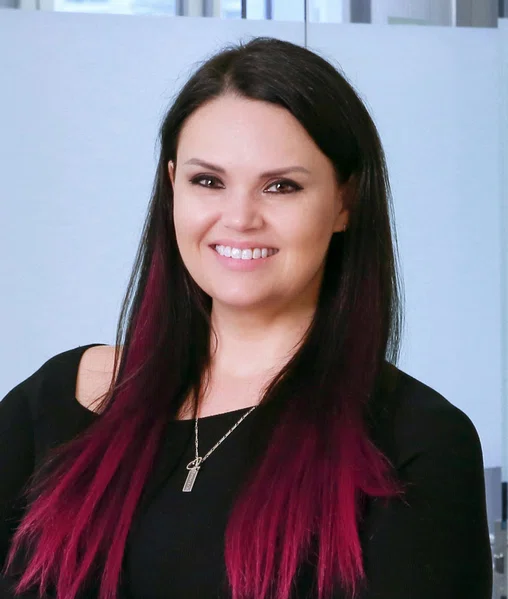Listen to the latest episode of Credit Exchange with Lisa Lee
Published in London & New York
10 Queen Street Place, London
1345 Avenue of the Americas, New York
Creditflux is an
company
© Creditflux Ltd 2025. All rights reserved. Available by subscription only.


News
Private fund CFOs ape CLOs to give investors access to diversified alternative assets
by Lisa Fu
One sort of CFO, the chief financial officer, needs no introduction. The second type of CFO, the collateralised fund obligation, is less well-known, but is growing fast.
Think of the latter as a financial vehicle akin to a collateralised loan obligation (CLO), but with the interests in various private funds as underlying collateral rather than loans, according Lindsay Trapp, a partner at law firm Kirkland & Ellis.
Alternative asset managers are increasingly turning to CFOs to raise capital. CFO issuance this year had reached USD 15.7bn by early September, surpassing the full-year record of USD 13.3bn set in 2022, according to a report by credit ratings firm KBRA.
The quickening pace of issuance over the past three years can be attributed to general partner-led CFOs, which see managers bundle together 5 to 15 fund interests.
“Managers started seeing CFOs as a way to have existing pools of capital seed future funds, as well as giving insurance companies an opportunity to have paper that’s ultimately exposed to a cross-section of their various strategies in a one-shot deal,” Trapp said.


It’s a cross-section of various strategies in a one-shot deal
Lindsay Trapp
Partner
Kirkland & Ellis
General partners (GPs) can use CFOs to inject capital into their funds. Or they can package the GP stakes they hold in their own funds to free up capital. In this way, the GP can raise capital without having to wait for its existing managed funds to mature. The manager puts all its GP fund interests into a new vehicle, which issues debt backed by the assets concerned.
Kansas City-based UMB Bank has seen CFO interest pick up from managers that are new to securitisation, as well as those that are more comfortable with the technique through experience with CLOs, said Alex Cormas, the bank’s head of business development for CLOs.
Conversations are taking place with managers that would not typically have been expected to even consider a CFO in the past, he added.
CFOs pre-date the 2008 financial crisis. At that time, the primary collateral consisted of private equity fund assets. Few investors were interested in buying the securitised debt, and it was mainly limited partners (LPs) rather than GPs which had recourse to CFOs.
Today’s CFOs are highly customised. They give investors exposure to a variety of private fund assets. “We’re seeing more credit funds and other asset classes as well as open-end funds put into the package,” Trapp said.
Every big alternative asset manager has a diverse range of assets, and a large GP can bundle all of them together in a single product, said John Sage, a senior director at KBRA.
CFOs can be tailored to client needs by mixing and matching assets, obviating the need to put money into several private funds to get diversified alternative asset exposure. The CFO can also be structured to favour characteristics such as capital appreciation.
Insurers have become prominent investors. They face fewer regulatory restrictions if they invest in rated CFO debt than if they commit equity to a private fund. And the relationships between GPs and insurers mean managers have a ready pool of investors to call on, Trapp said.
Insurance companies are interested in CFOs because yields are higher than corporate bonds and they gain exposure to alternative assets in a long-term fixed-income format, said Bill Cox, chief rating officer at KBRA.
All that being said, the CFO market is still small. Total issuance is projected to reach USD 20bn in 2025, according to KBRA. That is small change next to the CLO market, where US BSL issuance was USD 48.6bn in the first quarter alone.
One challenge is that the terms and structures of CFOs vary greatly. Each deal is bespoke and so requires due diligence on the part of investors. In contrast, CLOs are standardised and the market has established best practices.





